Tips for improving your patient workflows
- Put rooms and teams in convenient areas
- Use a standard setup for all of your exam rooms
- Use a more efficient communication method for staff
- Prioritize the right patient tasks
- Automate
- Send out patient surveys
Going to a hospital or clinic can be a nerve-wracking experience. Patients may worry about how to prepare for their appointment or what the doctor will tell them. On top of those concerns, just being in a healthcare setting can make patients anxious.
Improving your patient workflows helps your patients get in and out of their appointments without delays. It also makes it easier for staff to take care of patients on days when the clinic has a full patient schedule.
By improving your patient workflows, you can improve the care you provide patients. Here are six different ways you can upgrade your workflows.
1. Put rooms and teams in convenient areas
Some organizations have problematic building layouts. Patients may have to walk long distances to reach each department they’re supposed to visit. This obviously can take extra time, but it also makes things difficult for anyone with disabilities. In addition, staff members may waste time traveling between departments to ask questions or check in with other employees.
Keeping related departments close together makes your patients’ routes easier and faster. Plus, employees can quickly check in with other departments if they have a question or need someone to care for a patient.
2. Use a standard setup for all of your exam rooms
Depending on the type of appointment, your staff may need to use a variety of equipment. If tools are scattered randomly around exam rooms, your staff will waste time trying to find the instruments they need. To ensure all equipment is in the same place in every room, create a standard organizational system. This way, your team members can quickly and easily locate any necessary equipment.
A standard organizational setup also makes it easier for you to reassign rooms if a provider needs extra space. Depending on the number of doctors you have and the varied schedules they keep, you may need to switch out who uses which room to reduce lag times for patients. If you have a standard layout for your exam rooms, this shift won’t create problems, as any doctor or healthcare worker will be able to use the space without confusion.
3. Use a more efficient communication method for staff
Providers and healthcare staff need to have up-to-date medical information before they see a patient. However, without an efficient communication system, it can be challenging for staff to track down the medical employee who’s about to see the patient. How can you speed up your communication process?
Using secure mobile devices to send messages can make it easier for staff to provide updated patient information or ask for a second opinion or referral. And, since employees can bring a mobile device with them wherever they go, you know they can access the message quickly.
4. Prioritize the right patient tasks
Medical and administrative tasks can pile up in a healthcare organization. While it may seem easier to let certain projects sit until you can complete them all at the same time, patient-based tasks — such as scheduling follow-up appointments and calling patients — often need more immediate attention from your team.
Create a list of priorities for patient tasks. Taking care of certain tasks as soon as they pop up will ensure that patients don’t have to wait for you to forward their medical information or set up an appointment.
5. Automate
One of the biggest hurdles involved in patient appointments is medical documentation. Staff members often spend a large part of an appointment typing up the patient’s answers to basic questions. Investing in software that automates this process will save valuable time.
Jotform is low-code software that can automate multiple parts of the patient workflow with HIPAA-friendly online forms. This form builder offers secure, customizable templates that you can use to register new patients, document their medication lists, and manage their healthcare plan.
Jotform can also help your practice manage patient data online. You can personalize the HIPAA-friendly medical chart template to gather the information you need. It will automatically update once your patients fill out the linked medical intake form.
Choosing appropriate automation software not only saves time but also keeps private patient data secure. Using HIPAA-friendly online forms can prevent data breaches and protect your healthcare institution from legal problems.
6. Send out patient surveys
Patients are one of the best sources for ideas on how to improve your workflow. Surveying your patients will help you determine what’s working and what’s not. Plus, surveys show that you care what your patients think.
Automatically sending out a survey after a patient has visited your clinic/hospital makes it easy to get feedback. A healthcare CRM like this one from Jotform can keep track of which patients have recently had appointments and record their responses. By creating and sending out an online survey form, you’ll get the feedback you need to keep improving your workflows.
Help your patients work their way through your healthcare system
Going to the doctor can make patients nervous. So help cut down on their anxiety by making it easy for them to get the care they need when they have an appointment at your practice. Improving your patient workflow is one way your healthcare organization can do just that.
At Jotform, we offer the online forms and templates you need to refine your workflows. Our online forms can help you speed up your documentation process while still keeping your patients’ data safe. Contact us today to learn more about our HIPAA-friendly forms.






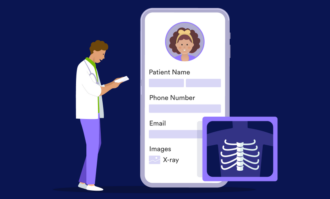







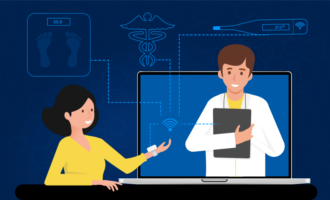
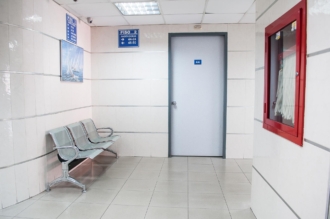

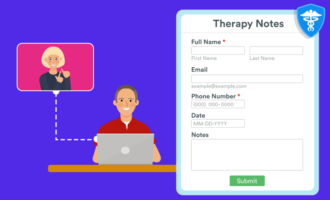
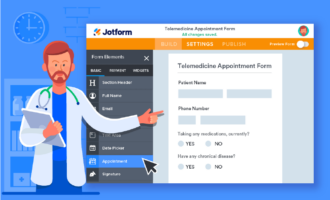

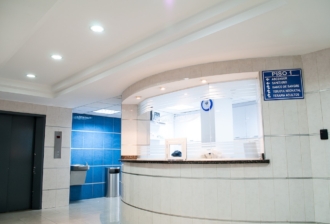












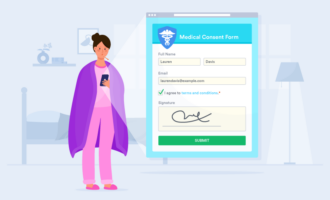

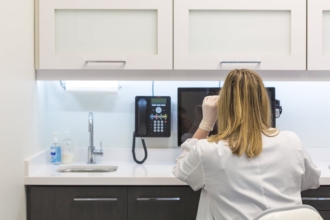




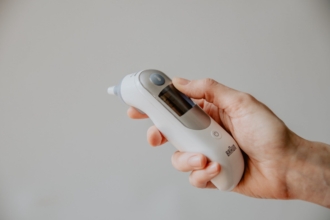
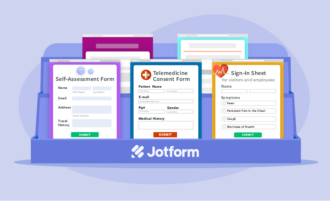






Send Comment: